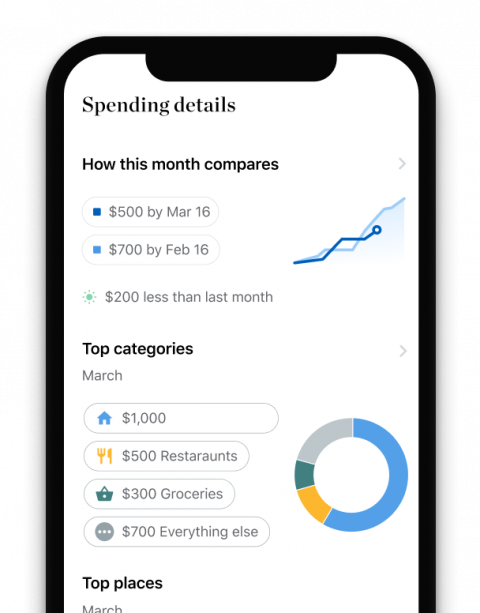What Di I Need To Register For Unemployment
A new coronavirus relief package signed into law Thursday extends unemployment benefits for self-employed workers.
The American Rescue Plan breathes new life into temporary federal unemployment programs established under the CARES Act in March 2020, including the Pandemic Unemployment Assistance program, which provides benefits to gig workers, freelancers and self-employed workers who lost their income due to the coronavirus.
It also maintains the Federal Pandemic Unemployment Compensation program, which supplements state benefits with an additional $300 per week.
Here's what to know about filing.
Who qualifies
People who are self-employed (including independent contractors and gig workers) and don't qualify for regular unemployment insurance can receive benefits if they are unable to work or are working reduced hours due to the coronavirus .
Those benefits include:
-
Pandemic Unemployment Assistance: The March 2021 relief package extended this program from up to 50 weeks of benefits to up to 79 weeks. The exact amount you receive is decided by your state, which has some discretion in determining eligibility and calculating benefit payouts. People who lack sufficient wages or work history to qualify for regular unemployment benefits may also qualify for PUA.
-
Federal Pandemic Unemployment Compensation: The funding bill passed in December 2020 revived this program, providing $300 per week on top of state and federal unemployment benefits. You have to apply for unemployment through your state to get the $300 per week, which is now payable until Sept. 6, 2021, at the latest.
The coronavirus relief package passed in December 2020 also established a new program for self-employed workers who also earn income via traditional, W-2 employment.
-
Mixed Earner Unemployment Compensation: Provides an additional $100 per week, on top of regular unemployment benefits and the $300 per week in Pandemic Unemployment Compensation. MEUC payments have been extended through Sept. 6. To qualify, you must be able to show that you earned at least $5,000 in self-employed income in the prior tax year. States can choose not to provide this benefit.
NerdWallet Guide to COVID-19
Get answers about stimulus checks, debt relief, changing travel policies and managing your finances.
The CARES Act also established Pandemic Emergency Unemployment Compensation. This program originally provided up to 13 weeks of benefits for people who maxed out their regular unemployment compensation. The December 2020 package extended PEUC to up to 24 weeks. The new relief bill extends the program again, for up to 53 weeks total.
How to file a claim
In most states, you need to apply for, and be denied, regular unemployment benefits before you will be considered for Pandemic Unemployment Assistance.
Once you've been denied regular unemployment benefits, your state agency will either automatically review your claim for Pandemic Unemployment Assistance or prompt you to submit an additional application for those benefits.
A handful of states don't require self-employed individuals to go through the regular unemployment claim process first. Instead, they have developed a separate application process for gig workers, independent contractors and those who are self-employed. Check your state unemployment agency's website for specific guidance on when and how to apply.
What you need
When you file your claim you'll need to provide personal information (name, address, Social Security number) and work history for the past 18 to 24 months.
Your work history should include any traditional (W-2) employment, gig work and self-employment. If you were self-employed the entire time, you will typically list yourself as the employer and include your home or business address.
You will also need to verify your income. This is a bit trickier for people who don't receive a W-2. Here's what your state may allow as proof of earnings from self-employment or gig work.
-
2019 federal tax return, including the following when applicable:
-
Schedule C, Profit or Loss from Business.
-
Schedule F, Profit or Loss from Farming.
-
Schedule K-1, Partner's Share of Income.
-
-
2019 1099 form.
-
Final pay stub in 2019.
-
Invoice, billing or other documentation to provide proof of self-employment.
Workers who don't fall into the self-employed bucket will still certify their income via pay stubs and a W-2.
After you apply
The next steps depend on the state. Keep an eye on your email or unemployment portal for updates or requests for additional information.
In most cases, you need to file a weekly claim certifying that you are still out of work. You will not be paid benefits for the week if you don't file your claim, so don't skip this step, even if your claim is still being processed.
As of Jan. 31, 2021, you need to provide proof of prior employment, including self-employment, in order to receive federal unemployment benefits. New applicants have 21 days to provide proof. Those who began receiving benefits before this date need to provide proof of prior employment within 90 days of Jan. 31 to continue receiving benefits.
Money wins start with game plans
Find ways to save money with your cash, cards, and bank accounts all in one place.

What Di I Need To Register For Unemployment
Source: https://www.nerdwallet.com/article/finance/file-coronavirus-unemployment-youre-self-employed
Posted by: mullanaforeg.blogspot.com

0 Response to "What Di I Need To Register For Unemployment"
Post a Comment